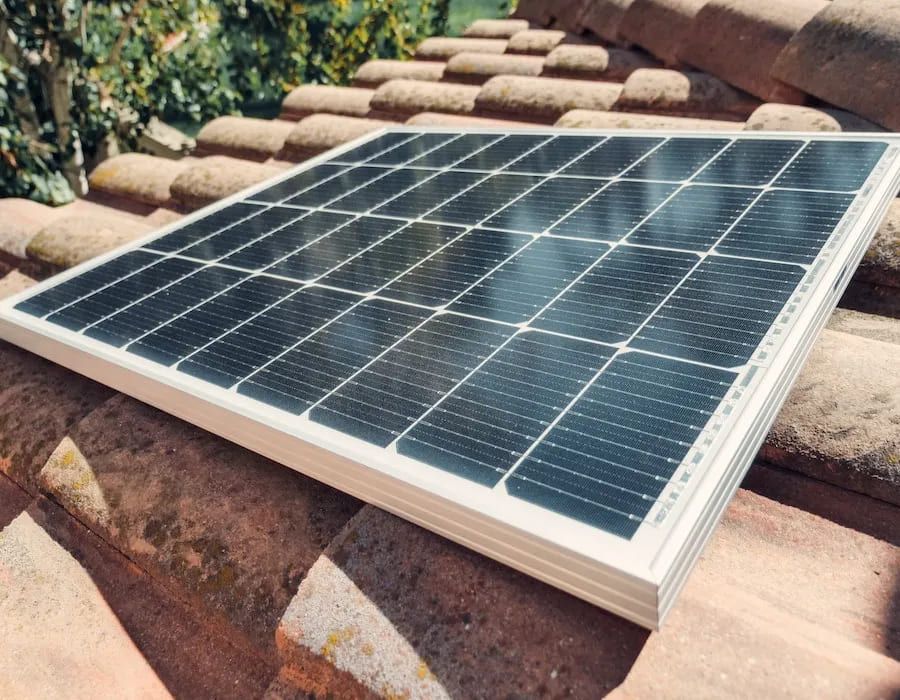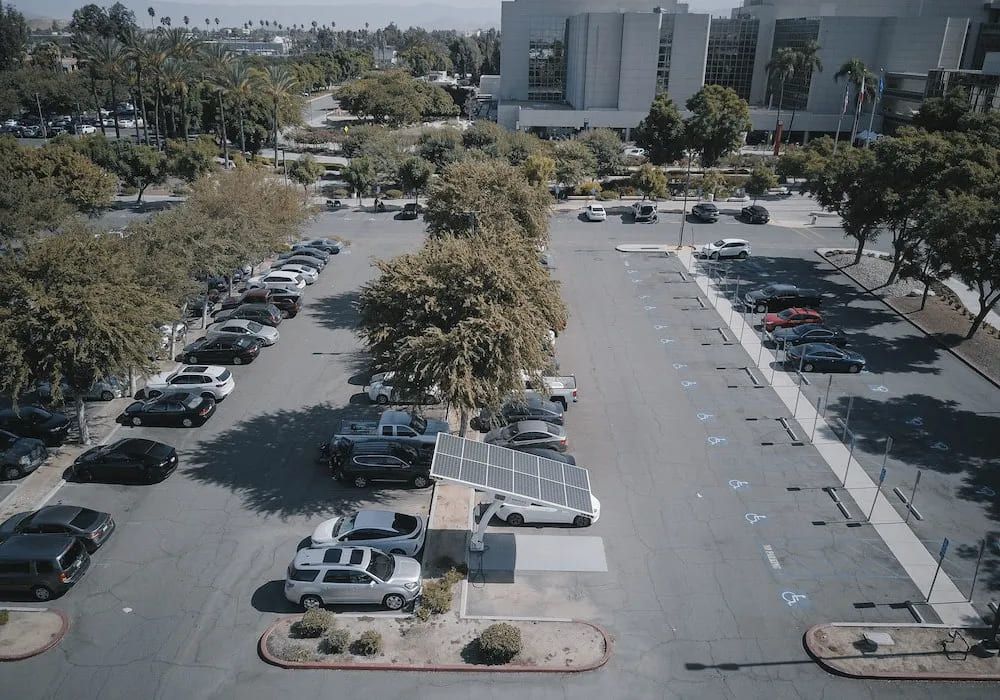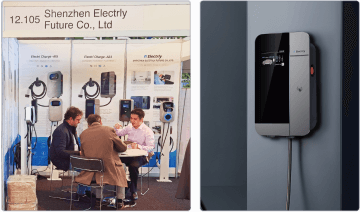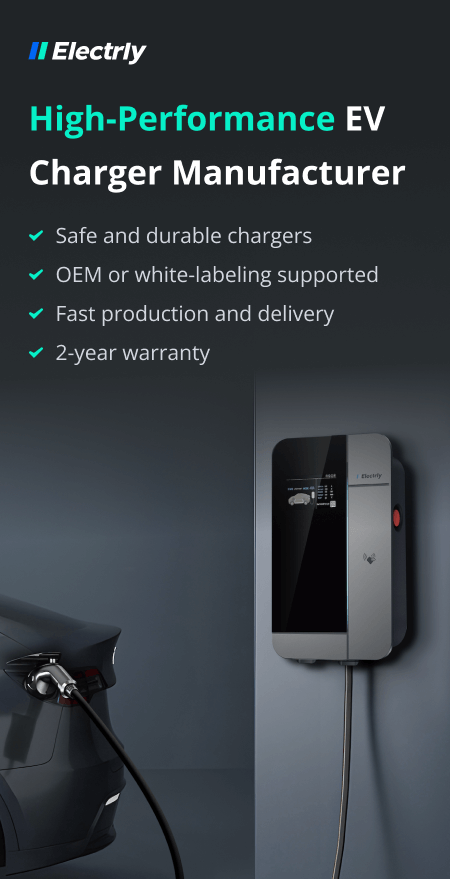I. Choosing the Right Location
You’ve convinced yourself that you have the funds to purchase it or at least manage to buy one. Then you remember that your house is shaded from the sun by trees, and another round of worrying starts. The thing is that getting a suitable location to place your photovoltaic system or solar panels can significantly determine the amount of energy you can harness from the sun. While many solar panel owners often choose to place their solar panels on the roof, the truth is they can be placed anywhere. You can place it on the roof, wall, garden, raised platform, and anywhere. Just make sure that it is receiving some sunlight.

source: pexels.com
II. Required Permissions and Approvals
Unlike fixing a light bulb into a lamp holder, installing a photovoltaic system is never a plug-and-switch-on process. Permissions and approvals are necessary before proceeding with the installation, including national, state, local, and community regulations. You don’t want to break the law, and most importantly, you don’t want to cause harm or injury to anyone in the vicinity of your installation. Let’s evaluate the most important approval and permissions for you to consider.
- Building Permit: This document is often associated with local authorities to ensure that your installation meets local building and installation codes and standards. Such standards take care of structural integrity, serviceability, and installation maintenance.
- Zone Approval: Different areas are zoned for different uses, and specific zonal regulations apply to the use of certain equipment, machinery, and installation. Ensure you meet your local authority to ascertain the zonal area laws where your photovoltaic system will be installed.
- Community Regulations: This applies to the immediate community where you plan to install solar panels, especially if there is a homeowner’s association. You will need to get clearance from the association before proceeding with your installation.
Besides all these approvals, ensure that your roof meets optimal installation requirements like tilt angle and orientation. This will help you get the maximum energy from the sun. You can liaise with a professional installer to help you with these parameters.
III. Low Solar Radiation: Can the Photovoltaic System Still Function?
Maybe the sun shines everywhere else but your house. Not to worry, you can still get solar power into your home. Many individuals have the notion that if the sun is not scorching hot, your panels will not get power. The truth is that intensity helps. Nonetheless, a small ray of light is what your photovoltaic system needs to generate power. So, it won’t matter if you’re in a sunny or cloudy neighborhood. As long as a ray of sunlight can reach your panels, you’ll be fine.
IV. The Benefits of Investing in a Photovoltaic System
Maybe the sun shines everywhere else but your house. Not to worry, you can still get solar power into your home. Many individuals have the notion that if the sun is not scorching hot, your panels will not get power. The truth is that intensity helps. Nonetheless, a small ray of light is what your photovoltaic system needs to generate power. So, it won’t matter if you’re using a photovoltaic system for your home, work, or ranch. It is a smart investment considering that it’s a clean and renewable source of energy. However, there are other additional benefits we’ve highlighted below for you.
- Respect for the environment: Photovoltaic systems help reduce the dependence on fossil fuels and the carbon footprints caused by the power grids. Some EV charger manufacturers have also started investing in solar chargers for EVs seeing the eco-friendly benefits.
- Convenience: Determining your energy usage without having to pay exorbitant energy tariffs with energy grids is easy and convenient.
- Reliability: There are no power outages with solar panels, unlike power grids. Except the sun decides not to rise for some days.
- Modularity: Sizing and resizing to fit your specific energy needs is never a problem with solar panels, as they are very customizable.
- Independence: You are not at the mercy of energy distributing companies for any reason because you are your energy production and distribution company.

pexels.com
V. Setting Up Solar Power Unit: A Step-by-Step Guide.
Setting up your solar panel unit and having them working in no time is not difficult. All you need is to understand the steps involved and be able to stick to them. It is also important that you buy from a reputable solar panel company with a track record of supplying quality and reliable solar panels. Here are the essential steps in installing your solar panels.
- Estimate your energy requirements: It’s like estimating if your EV battery can make a long trip without needing a Portable electric car charger. You must ascertain the size and capacity of the solar panel you’ll need. The number of solar panels often depends on your power consumption, which is why this step is crucial.
- Pick out a suitable location: Where you install your solar panels is key to optimizing your photovoltaic system. Places with direct sunlight without any shade coming from trees are often the best, which is why most people locate their solar panels on the roof. However, installing your panels on the roof should be done with consideration for the sturdiness and firmness of the panels so that it doesn’t become a source of harm or injury to neighbors. Also, maintenance workers should be able to easily access the panels.
- Determine the solar panel type: You would often have to choose between two options which are off-grid and on-grid photovoltaic systems. While the off-grid system is disconnected from the general power grid, the on-grid system is connected to the grid system to supply electricity for times when solar panels cannot generate power.
- Permits and approvals: Ensure to contact the necessary authorities, both local and state, to perfect all documentation, including local approvals and permission to install.
- Purchase and installation: Just like you would identify top EV charger companies when looking to buy EV chargers, ensure to locate a reliable solar panel supplier. They must have significant years of experience in consistently supplying quality solar panels. Carry out research and read customer reviews before you make your final selection. If your supplier does not have an installer, you should hire a professional installer to install it. However, choosing a supplier who will also help you install is often better.
- Connecting: Depending on the type of solar panels you installed, you’ll need to connect your solar panels to your inverter if it is off-grid or to the grid, if it is an on-grid system. On-grid will require some permits, which you’ll need to get.
- Monitoring: To ensure your panels continue to work in top shape, adequate unit monitoring is required while also ensuring that the battery is never totally depleted.
Conclusion
In conclusion, even though it takes substantial money to set up a commercial EV charging station, it is still a sensible investment. Being in the early stages of EV adoption and the continuous increase in the transition to EVs invests a strategic one. Nonetheless, careful consideration of the major factors influencing the cost of establishing a charging station is of utmost importance. Naturally, billing EVs that come to charge will make you profits if you do your calculations correctly. Even so, you can find creative ways to make more money, including advertising opportunities and partnership and endorsement deals with EV manufacturers and car makers.


